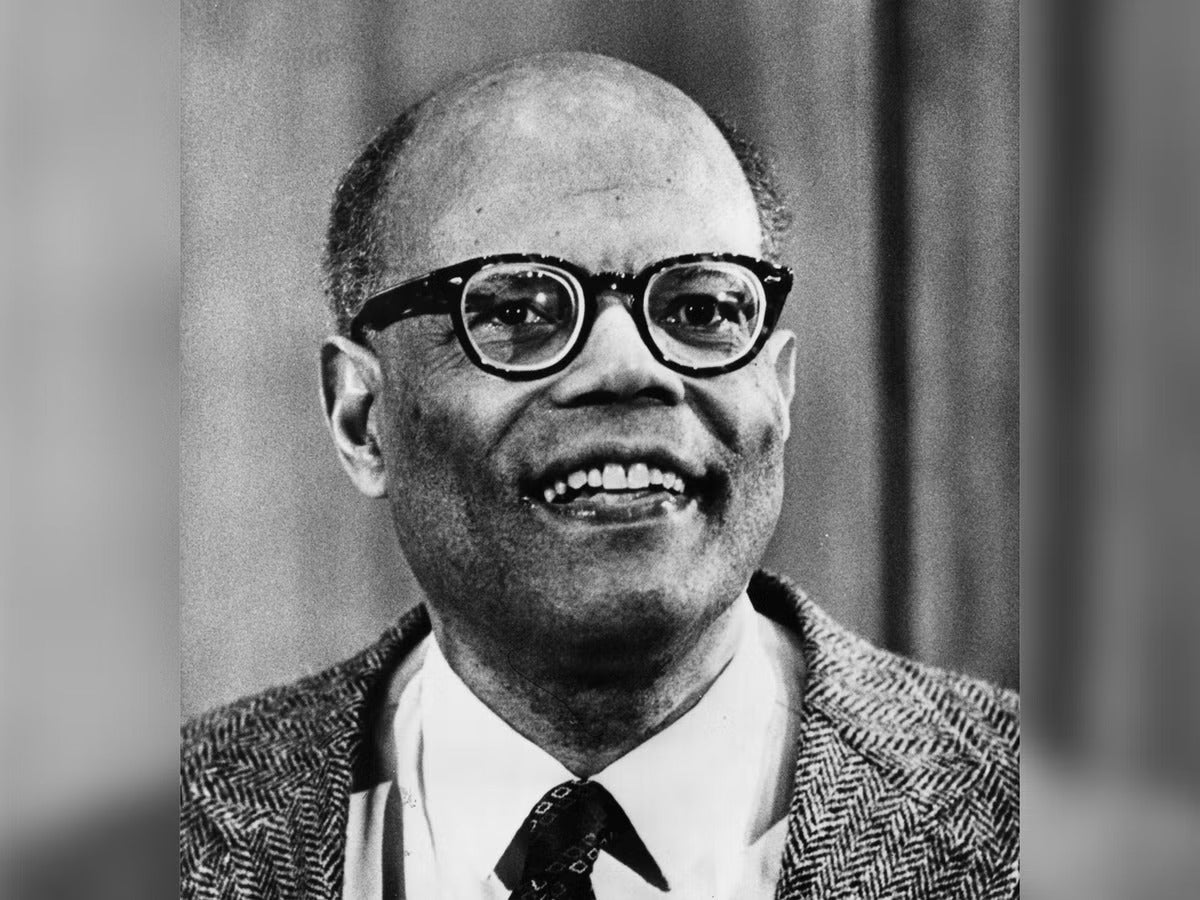
A leading university has renamed one of its buildings after a pioneering Black economist.
The London School of Economics (LSE) unveiled the Sir Arthur Lewis Building on Thursday in a ceremony attended by the late luminary’s daughter and granddaughter; High Commissioner for St. Lucia and alumni of the university.
Sir Arthur became LSE’s first Black academic in 1938 when he began a one-year teaching contract that was later converted into a four-year appointment, and was awarded the Nobel Prize for economics in 1979.
It follows a four-year campaign led by Brian Walker, 28, who was studying social and Public Communication at LSE from 2018 - 2020, having won the Chevening Scholarship. The process was supported by fellow students and staff members.
Alarmed by the lack of recognition for LSE’s prominent alumnus, the Media and Public Affairs Professional said meaningful memorialisation is a “key component of shaping a more equitable future”.
Speaking to The Independent, Mr Walker said that he always had faith that the campaign to name the building after Sir Lewis would come to fruition, despite the lengthy wait compounded by the Covid-19 pandemic.
“The LSE was Sir Arthur’s intellectual home and the renaming of the building that houses the School’s top-ranked Department of Economics is a solid and impactful way to pay homage to his life and legacy,” he said in an interview from his home in Kingston, Jamaica.
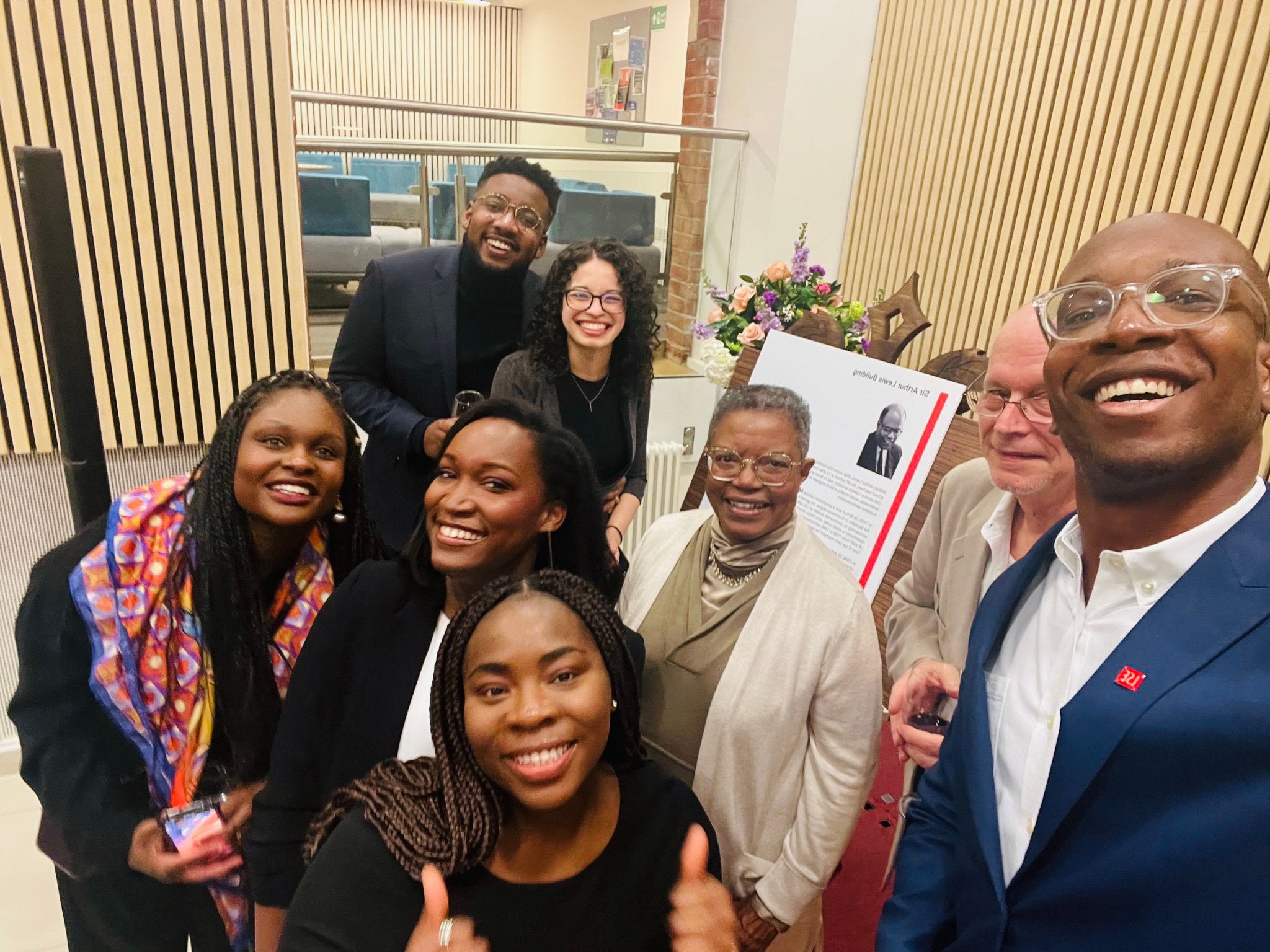
“Sir Arthur’s legacy as a global thinker and doer inspires me on many levels,” he continued. “Additionally, the ways in which he made a way for himself and others in spite of steady racism, motivated me to keep the campaign going.
“Looking to the future, it’s important to note that the push towards racial equity doesn’t stop here with the renaming of the building and the School’s leadership has to play a more active role.”
Ahead of the renaming, Mr Walker co-produced a short film that examined Sir Lewis’ legacy, which provided the “springboard” for the other part of the plan and an internal impetus for this tribute to be unveiled.
The building was previously called 32 Lincoln’s Inn Fields and is home to several LSE departments including the Department of Economics, the Centre for Economic Performance (CEP) and International Growth Centre (IGC).
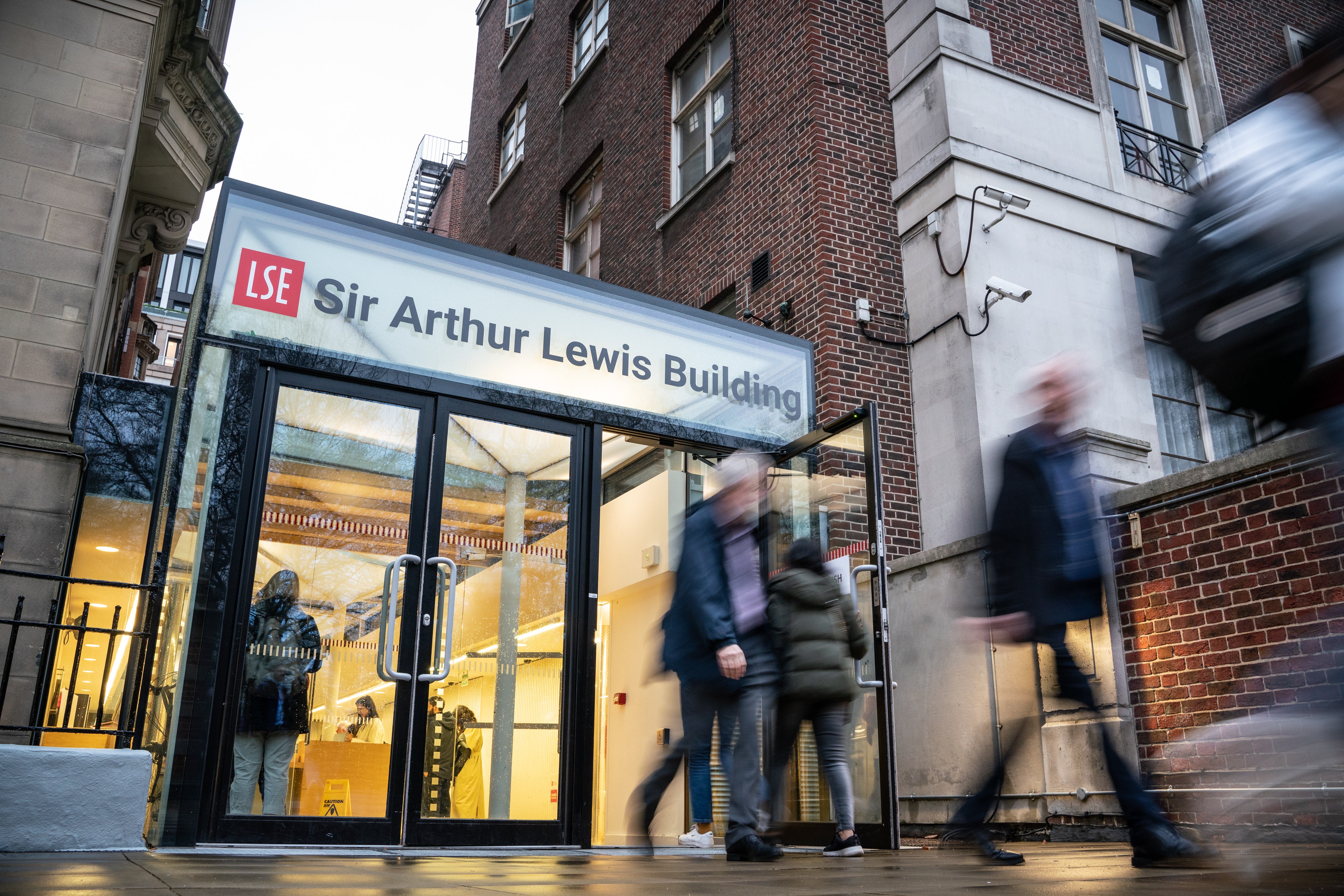
Born in St Lucia, Sir Arthur left school at 14 after completing the curriculum, working as a clerk in the civil service.
Initially, the academic aspired to become an engineer, but aware that neither the government nor white businesses would employ a Black engineer he decided on a career in business and planned to study business administration.
By 33, he had become a full professor at the University of Manchester.
However, some of his most important research didn’t occur until 1945 and 1950, when he became interested in the history of the world economy since 1870, and development economics.
In addition to later obtaining a full professorship at Princeton University, making him the first Black instructor to do so, Sir Arthur published numerous articles and books about his research, which were instrumental in their modelling of the economics of developing countries.
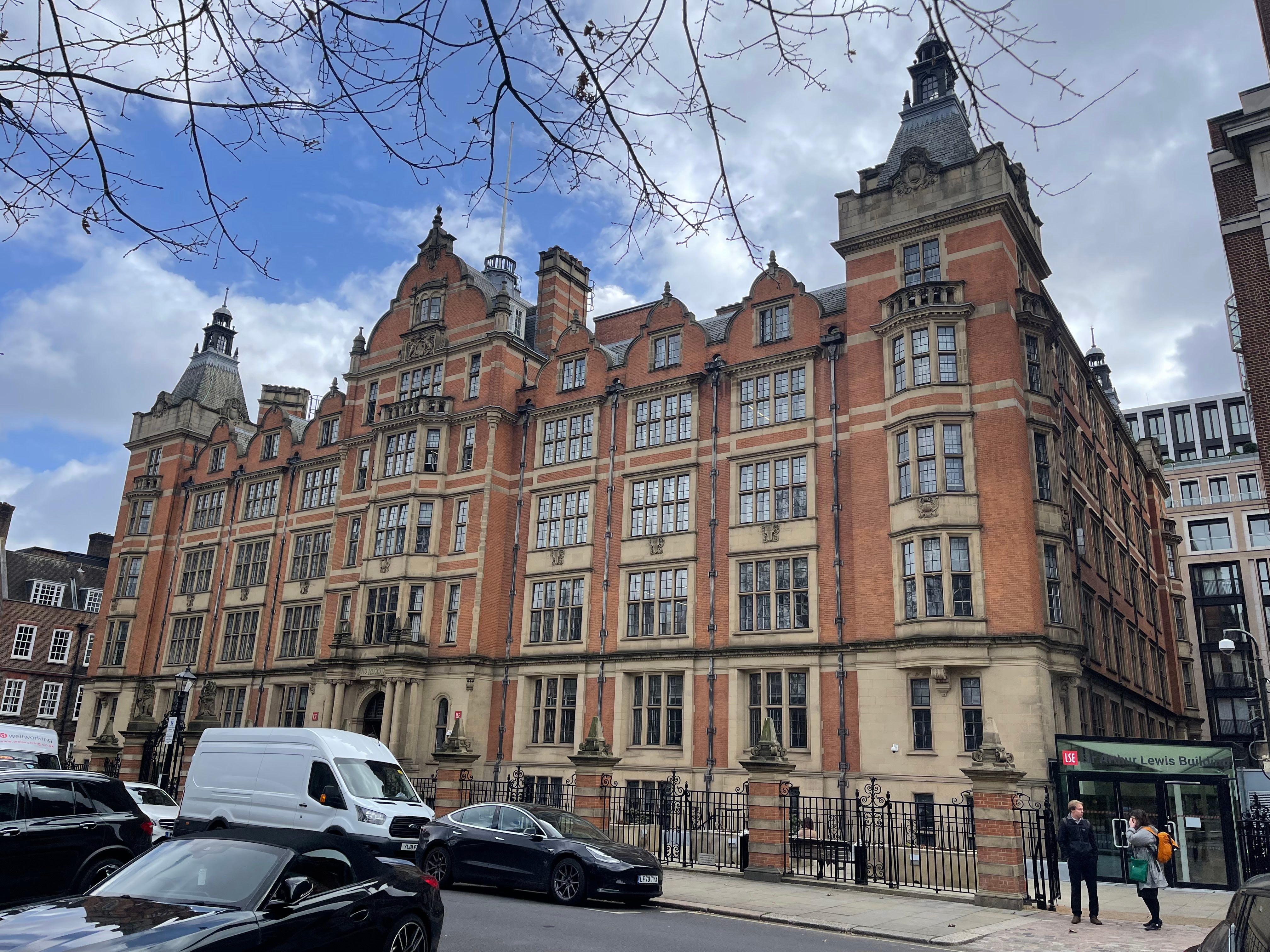
Throughout his career, Lewis also acted as an advisor to governments in Africa, Asia, and the Caribbean, and in 1963, he was knighted by the British government for his achievements and died , aged 76, in 1991 in Bridgetown, Barbados.
Christina Ivey, 24, a current student at LSE from Jamaica who worked alongside Mr Walker on the campaign, said the Sir Arthur building means students will have a positive effect on those within the university - including her.
“Through Sir Arthur’s experience, I realised that my struggles as a Black student at LSE were not isolated, but had a place in history.
“Becoming more engaged with Sir Arthur Lewis’ work and experience on campus gave me the motivation to complete my undergraduate degree, as well as continue my graduate education at LSE,” Ms Ivey told The Independent.
Other Black students have expressed similar sentiments.
Ms Ivey continued: “Coming from Jamaica, a Black majority country, the benign neglect of LSE’s Black and Caribbean history did a number on my self esteem. It also impacted my worth in the eyes of others: many people assumed that I didn’t work as hard to get into LSE because of my race and nationality.
“I hope the renaming of the Sir Arthur Lewis building naming, amongst other efforts, will help to alleviate this unfortunate perception by highlighting his significant academic achievements as a Black academic.”
The resurgence of the Black Lives Matter movement in 2020 has been credited with highlighting the issue. Following international anti-racism protests, campaigners began to topple statues of imperialists and kickstarted widespread discourse about the importance of diverse representation in public spaces.
Notable Caribbean LSE alumni include former Jamaican prime ministers Michael Manley and PJ Patterson; Barbados prime minister Mia Mottley and Eugenia Charles, former prime minister of Dominica.
It is not known exactly how many commemorations there are of Black people across England and Wales.
However, a recent study has found London has more statues of animals than it does of named women, while around 1 per cent of 1,100 sculptures around the UK are dedicated to named people from Black, Asian and minority ethnic communities.
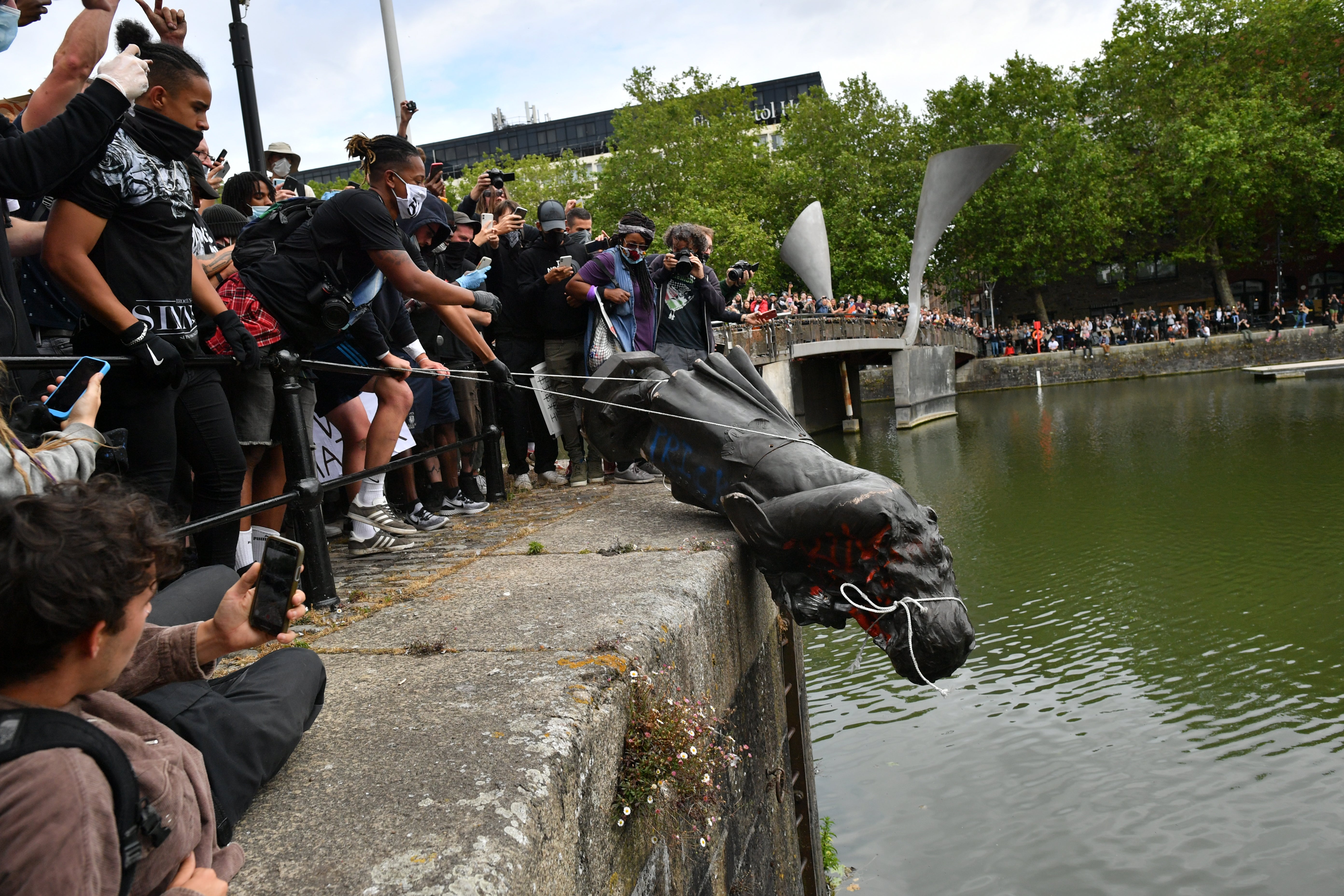
Analysis by The Independent indicates that just 2 per cent of English Heritage’s 950 commemorative plaques around the country are of Black people.
In October 2021, London Mayor Sadiq Khan announced The Commission for Diversity in the Public Realm, an initiative founded to improve diverse representation in public spaces across the capital, including statues and landmarks.
Institutions like University College London and the University of Cambridge have recently moved to dename buildings with problematic connotations with racists, naming them after Black luminaries instead.
LSE President and Vice Chancellor Minouche Shafik said: “Sir Arthur Lewis was a pioneer in the field of development economics and an excellent student, teacher, and researcher at LSE.
“We are delighted to rename one of our buildings after him in recognition of his exemplary career and enduring legacy, both at LSE and beyond.”






